Astronaut Training
Introduction
Astronaut training is a rigorous process that prepares individuals for the physical, mental, and technical challenges they will face when traveling to and living in space. This training is essential for ensuring the safety and success of space missions. It involves a combination of classroom instruction, simulation training, and physical fitness training. Astronauts must also undergo medical evaluations and survival training to prepare for potential emergencies during launch, in space, and upon re-entry and landing1(https://www.nasa.gov/audience/forstudents/postsecondary/features/F_Astronaut_Requirements.html).
Selection Process
The first step to becoming an astronaut is the selection process. Space agencies around the world, such as NASA, ESA, and Roscosmos, have their own selection criteria, but there are some common requirements. Candidates must have a degree in a STEM field, be in good health, and pass a series of physical and psychological tests. They must also have relevant professional experience, such as flying jet aircraft for NASA candidates or experience in scientific research for ESA candidates2(https://www.nasa.gov/press-release/explorers-wanted-nasa-to-hire-more-artemis-generation-astronauts).
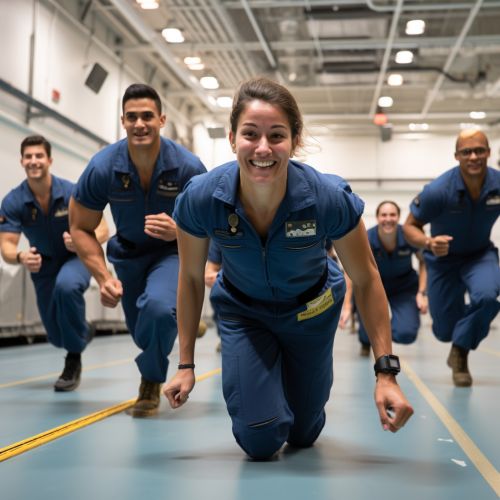

Basic Training
Once selected, astronaut candidates undergo basic training. This training typically lasts about two years and covers a wide range of subjects, including spacecraft systems, space law, navigation, and the science of space. Candidates also receive training in scuba diving to prepare for spacewalk training, which is conducted underwater to simulate the microgravity environment of space. Survival training is also a crucial part of basic training, preparing astronauts for potential emergencies during re-entry and landing3(https://www.nasa.gov/centers/johnson/pdf/606877main_FS-2011-11-057-JSC-astro_trng.pdf).
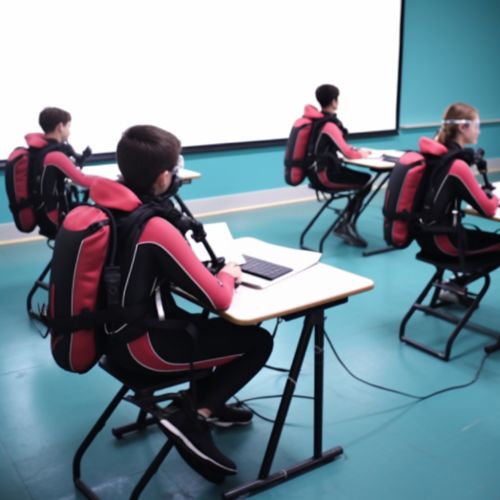

Advanced Training
After completing basic training, astronauts move on to advanced training. This training is mission-specific and focuses on the skills and knowledge needed for their assigned mission. For example, astronauts assigned to a mission to the International Space Station (ISS) would learn about the specific systems and experiments on the ISS. They would also practice procedures for launch, docking, re-entry, and landing in the specific spacecraft that will be used for their mission4(https://www.nasa.gov/audience/forstudents/postsecondary/features/F_Astronaut_Requirements.html).
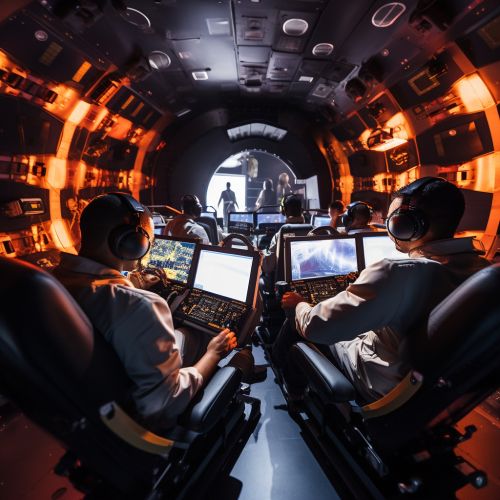

Physical Fitness Training
Physical fitness is crucial for astronauts, as the microgravity environment of space can have significant effects on the human body. Astronauts undergo regular fitness training to maintain their strength and endurance. This training includes cardiovascular exercises, strength training, and exercises to improve balance and flexibility. Astronauts also continue their physical fitness training while in space to counteract the effects of microgravity5(https://www.nasa.gov/audience/forstudents/postsecondary/features/F_Astronaut_Requirements.html).


Medical Training
Astronauts receive medical training to prepare for potential medical emergencies in space. This training includes first aid, CPR, and the use of medical equipment on board the spacecraft. Astronauts also learn how to perform medical procedures such as drawing blood and administering injections. In addition, they are trained to deal with the specific medical issues that can arise in the microgravity environment of space, such as space motion sickness and the effects of radiation6(https://www.nasa.gov/audience/forstudents/postsecondary/features/F_Astronaut_Requirements.html).
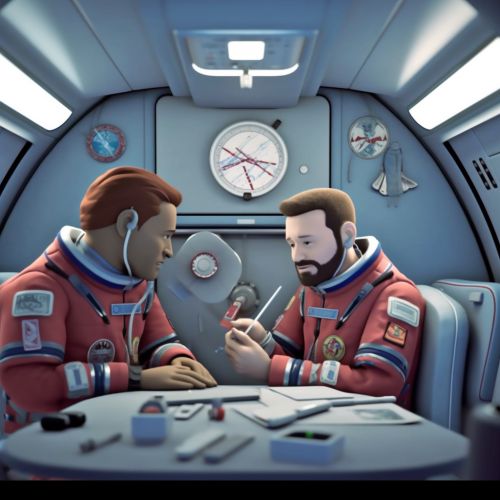
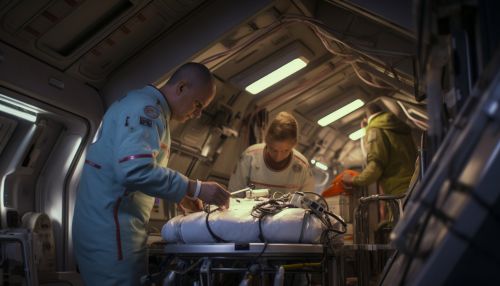
Conclusion
Astronaut training is a comprehensive and rigorous process that prepares individuals for the unique challenges of space travel. It requires a high level of physical fitness, mental resilience, and technical knowledge. The training process is continually evolving as we learn more about the effects of space on the human body and as new technologies and mission objectives emerge.
See Also
References
1. NASA - Astronaut Requirements 2. NASA - Explorers Wanted: NASA to Hire More Artemis Generation Astronauts 3. NASA - Astronaut Training 4. NASA - Astronaut Requirements 5. NASA - Astronaut Requirements 6. NASA - Astronaut Requirements
